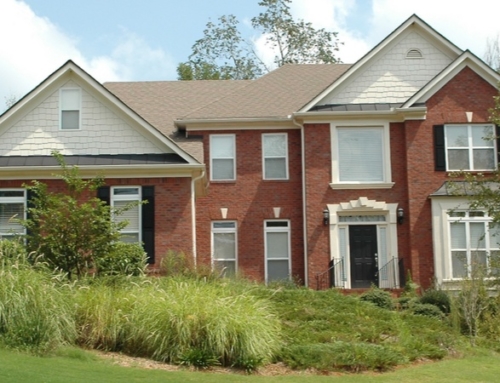Before you sell your home, you’ll have to fight the temptation to fix everything that’s wrong with it. But gutting your home before you sell isn’t practical financially or emotionally.
From the broken hinge on the bedroom door, to the hanging shelf in the coat closet downstairs, to the cracked grout between the bathroom tiles, there are a host of small, inexpensive remodeling projects you can do that will help you sell your home more quickly, and possibly for more money.
What you don’t want to do is take on a major renovation or rehab project that could cost you thousands of dollars, mess up your home, and delay your projected list date. According to one study, most major remodeling projects, like redoing your kitchen or bathrooms, will not pay back the amount of money you spend on them – if you have to sell within a year of completion.
And that amount doesn’t take into account the mess, aggravation and time you’ve put into finding the right contractors, choosing the right appliances and finishes, and working through all of the problems that come up during a major renovation.
When selling your home, concentrate on the minor remodel, not the major renovation. Start by creating two lists: A “must-do” list and your “wish” list for minor jobs.
Your must-do list should include: Any projects you started and are now partially complete; any projects that will improve your home’s aesthetics; and, any project that if left undone has the potential to derail your home sale. Everything else you’ve always wanted to do to your home but never got around to should go on your wish list.
While your must-do list would seem to include everything, the fact is you’ve limited yourself to the essential items that will increase your odds of selling. Still, depending on the condition of your home, the list could be lengthy.
To create the list, grab a notebook and pen and walk through your home as if you were a prospective home buyer on a showing.
Start by standing on the sidewalk outside of your home. Scrutinize every nook and cranny of your home’s exterior. Is the paint cracked? Are the lintels failing? Do your home’s windows need washing? Does the brick need tuck pointing? Is the driveway pavement faded and in need of blacktopping?
Walk into your home. Is the interior of your home in perfect condition? What would it take to get it into the best shape possible, excluding a major renovation? For example, could your home use a fresh coat of white paint? Carpet cleaning? Regrouting bathroom or kitchen tiles?
You’re looking for reasons a buyer would choose not to purchase your home. For many buyers, the cost of painting and cleaning a home is enough reason not to make an offer.
If you never replaced the glass on a broken light fixture, now may be the time to do it. Or, purchase a new, inexpensive light fixture from your local home improvement store. Do the ceiling fans work? Do all of your appliances work? Do you have any broken storm windows or torn screens that need replacing or fixing before you list your home?
Once you take care of the must-do list, you can decide what, if anything, on your wish list you should tackle. Again, the point of doing a wish-list job, which could be more time-consuming and expensive to complete, should be to increase the amount of cash you walk away with from the closing.
If putting down a new tile floor in the kitchen will cost you $300, but your agent says you can raise your list price $1,000, that’s a project you should probably complete before you list.
One of the best ways to prioritize your must-do and wish lists is to visit other homes similar to yours that are for sale in your neighborhood. Take advantage of weekend and weeknight open houses to walk through and see what amenities these homes offer and in what condition they are.
Then, go back home and re-examine your must-do and wish lists. If necessary, reprioritize these lists based on how much time you have and how your home compares to those out there.
March 25, 2002.






Leave A Comment